Home>Maintenance & Safety>Safety Equipment & Products>How To Conduct A Skilled Nursing Home Safety Evaluation
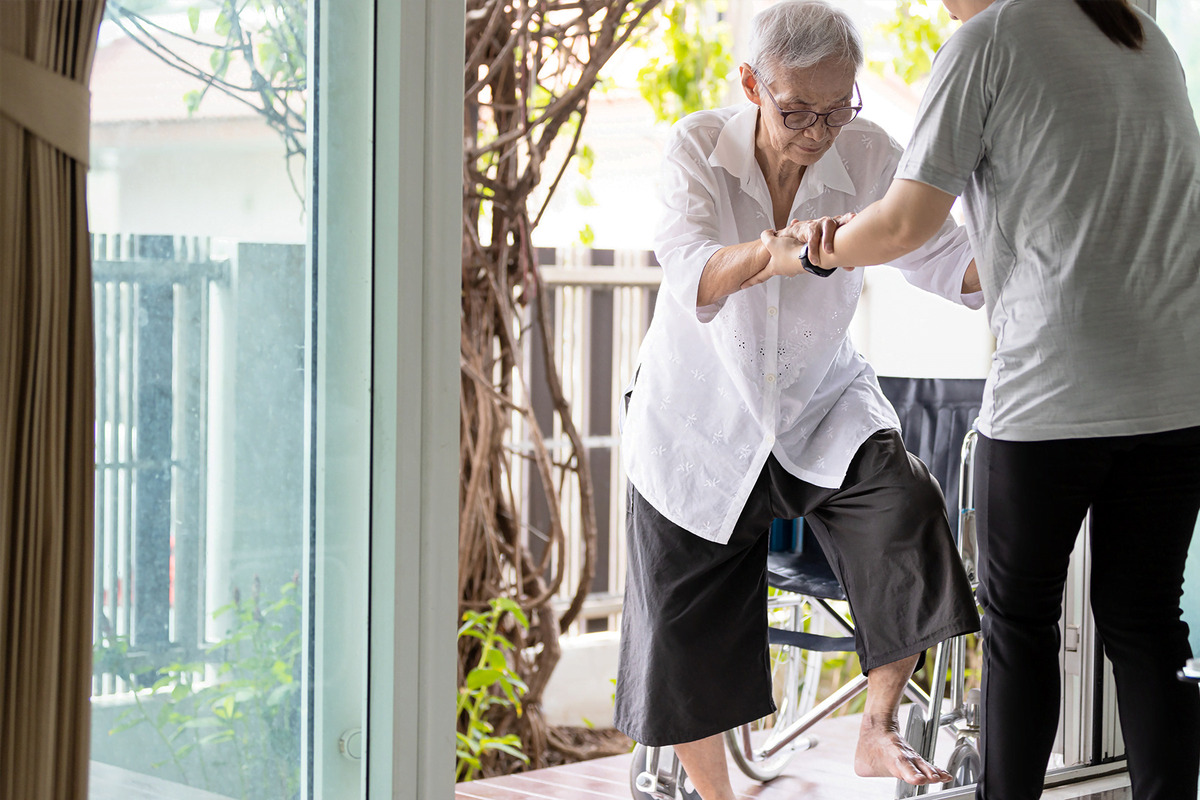

Safety Equipment & Products
How To Conduct A Skilled Nursing Home Safety Evaluation
Modified: January 3, 2024
Learn how to conduct a comprehensive safety evaluation in a skilled nursing home, including the use of safety equipment and products. Ensure the safety and well-being of residents and staff.
(Many of the links in this article redirect to a specific reviewed product. Your purchase of these products through affiliate links helps to generate commission for Storables.com, at no extra cost. Learn more)
Introduction
Welcome to the comprehensive guide on conducting a skilled nursing home safety evaluation. As we delve into this critical topic, we will explore the various facets of ensuring the safety and well-being of residents in nursing homes. It is imperative to acknowledge the significance of safety assessments in these environments, where vulnerable individuals rely on the expertise and diligence of caregivers and staff.
Nursing homes are sanctuaries for seniors and individuals who require specialized care due to medical conditions or limitations in their daily activities. The safety and security of residents within these facilities are paramount, and as such, conducting thorough safety evaluations is a fundamental responsibility. By meticulously assessing potential hazards, staff training, emergency preparedness, medication management, and the overall environment, we can contribute to creating a secure and nurturing space for residents.
Throughout this guide, we will explore the vital components of nursing home safety evaluations, providing insights and best practices to ensure a comprehensive approach. Join us as we embark on this journey to safeguard the well-being of nursing home residents and uphold the highest standards of care and security.
Key Takeaways:
- Prioritizing safety evaluations in nursing homes protects residents, promotes trust, and ensures regulatory compliance, creating a secure and nurturing environment for vulnerable individuals.
- Thorough assessments of potential hazards, staff training, and emergency preparedness are vital in mitigating risks and upholding the highest standards of care for nursing home residents.
Read more: How To Obtain A Home Safety Evaluation
Understanding the Importance of Nursing Home Safety
Ensuring the safety of residents in nursing homes is a multifaceted endeavor that encompasses various aspects of care, management, and environmental factors. The significance of nursing home safety cannot be overstated, as it directly impacts the well-being and quality of life of residents. Let’s delve into the crucial reasons why nursing home safety evaluations are indispensable:
- Protecting Vulnerable Individuals: Nursing home residents often face physical limitations, cognitive impairments, or medical conditions that require specialized care. Safety evaluations are essential to mitigate risks and safeguard these vulnerable individuals from accidents, injuries, and other potential hazards.
- Promoting Quality of Life: A safe and secure environment contributes to the overall quality of life for nursing home residents. By identifying and addressing safety concerns, caregivers and staff can create a nurturing space where residents feel comfortable, supported, and at ease.
- Building Trust and Confidence: Families entrust nursing homes with the care of their loved ones, placing immense trust in the facility’s ability to ensure safety and security. By prioritizing safety evaluations, nursing homes can instill confidence in residents and their families, reinforcing the commitment to providing a secure living environment.
- Regulatory Compliance: Nursing homes are subject to regulatory standards and guidelines aimed at ensuring the safety and well-being of residents. Conducting thorough safety evaluations is not only a moral imperative but also a legal requirement to maintain compliance with industry regulations.
By comprehensively understanding the importance of nursing home safety, we can underscore the critical role that safety evaluations play in upholding the highest standards of care and creating an environment where residents can thrive with confidence and peace of mind.
Identifying Potential Hazards
Conducting a thorough assessment of potential hazards within a nursing home is a fundamental step in ensuring the safety and well-being of residents. By identifying and addressing these hazards, caregivers and staff can proactively mitigate risks and create a secure living environment. Let’s explore some of the key areas where potential hazards may exist:
- Fall Risks: Nursing home residents may face an increased risk of falls due to mobility issues, medication side effects, or environmental factors. Identifying areas with uneven flooring, inadequate lighting, or obstacles can help prevent falls and related injuries.
- Infection Control: Maintaining proper hygiene practices and infection control protocols is essential to prevent the spread of illnesses among residents. Evaluating cleanliness, hand hygiene practices, and adherence to infection control guidelines is crucial in mitigating health risks.
- Medication Management: Errors in medication administration or storage can pose significant risks to residents’ health. Assessing medication management processes, including storage, administration, and documentation, is vital in preventing medication-related incidents.
- Emergency Response: Identifying potential gaps in emergency response protocols, including evacuation procedures, staff training, and accessibility to emergency exits and equipment, is critical in ensuring the safety of residents during unforeseen events.
- Environmental Safety: Evaluating the overall safety of the physical environment, including fire safety measures, proper lighting, secure handrails, and accessibility features, is essential to minimize environmental hazards.
By meticulously identifying potential hazards across these critical areas, nursing homes can implement targeted interventions and safety measures to mitigate risks and create a secure and nurturing environment for residents. Proactive hazard identification is a cornerstone of effective safety evaluations, empowering caregivers and staff to prioritize resident safety.
Assessing Staff Training and Procedures
The proficiency and preparedness of nursing home staff play a pivotal role in ensuring the safety and well-being of residents. Assessing staff training and procedures is integral to maintaining a high standard of care and responsiveness to various scenarios that may arise within a nursing home environment. Let’s delve into the key aspects of staff assessment and training:
- Comprehensive Training Programs: Nursing home staff should undergo comprehensive training programs that encompass emergency response, resident care protocols, infection control, and specialized care for residents with specific needs. Assessing the adequacy and effectiveness of these training programs is essential in equipping staff with the knowledge and skills to address diverse challenges.
- Adherence to Protocols: Evaluating staff adherence to established protocols and best practices is crucial in ensuring consistency and quality of care. This includes proper documentation, medication administration procedures, infection control measures, and adherence to safety protocols in daily operations.
- Communication and Team Coordination: Effective communication and seamless coordination among staff members are vital for prompt response to resident needs and emergent situations. Assessing staff communication practices, teamwork dynamics, and clarity in roles and responsibilities promotes a cohesive and responsive care environment.
- Continual Professional Development: Encouraging ongoing professional development and training opportunities for staff fosters a culture of continuous improvement and competence. Assessing the availability of professional development resources and support for staff education and skill enhancement is instrumental in maintaining a knowledgeable and adaptable workforce.
- Response to Resident Needs: Staff responsiveness to resident needs, including assistance with mobility, personal care, and emotional support, is a critical aspect of safety and well-being. Evaluating staff attentiveness, empathy, and responsiveness to resident requests and concerns is essential in gauging the quality of care provided.
By thoroughly assessing staff training and procedures, nursing homes can ensure that their workforce is equipped with the knowledge, skills, and mindset necessary to provide exceptional care and maintain a safe and supportive environment for residents. Investing in staff training and assessment is a cornerstone of upholding the highest standards of care and safety within nursing home settings.
When conducting a skilled nursing home safety evaluation, make sure to assess the accessibility of emergency exits, the condition of handrails and grab bars, and the presence of slip-resistant flooring to prevent falls.
Evaluating Emergency Preparedness
Emergency preparedness is a critical component of ensuring the safety and security of nursing home residents. By conducting thorough evaluations of emergency preparedness protocols and resources, nursing homes can effectively mitigate risks and respond promptly to unforeseen events. Let’s explore the key considerations in evaluating emergency preparedness within nursing home settings:
- Emergency Response Plans: Nursing homes should have comprehensive emergency response plans in place, encompassing protocols for natural disasters, medical emergencies, fires, and other potential crises. Assessing the clarity, accessibility, and effectiveness of these plans is essential in preparing for a range of emergency scenarios.
- Staff Training and Drills: Regular training sessions and emergency drills equip staff with the necessary skills and readiness to respond to emergencies. Evaluating the frequency and effectiveness of these training exercises, including staff participation and responsiveness, is crucial in ensuring preparedness for real-life emergency situations.
- Communication and Coordination: Effective communication systems and coordination among staff, residents, and external emergency services are pivotal during crisis situations. Assessing the functionality of communication devices, clarity of communication protocols, and coordination with external responders enhances the overall preparedness and responsiveness of the nursing home.
- Accessibility to Resources: Adequate access to emergency supplies, medical equipment, backup power sources, and essential resources is imperative for maintaining resident safety during emergencies. Evaluating the availability, maintenance, and accessibility of these resources ensures that the nursing home is well-equipped to address diverse emergency scenarios.
- Evacuation Preparedness: Nursing homes must have well-defined evacuation plans and procedures in place, considering the unique mobility and medical needs of residents. Assessing the efficacy of evacuation plans, accessibility of evacuation routes, and staff readiness to assist residents during evacuations is essential in ensuring a safe and orderly response to evacuation requirements.
By meticulously evaluating emergency preparedness measures, nursing homes can fortify their ability to protect residents and staff during unforeseen emergencies. Proactive assessment and refinement of emergency protocols and resources are paramount in maintaining a secure and responsive environment that prioritizes the safety and well-being of residents.
Read more: Topics For A Nursing Home Safety Meeting
Ensuring Proper Medication Management
Medication management is a critical aspect of resident care within nursing home settings, and ensuring proper medication management is essential for the safety and well-being of residents. By implementing robust systems and protocols, nursing homes can mitigate the risks associated with medication administration and promote optimal health outcomes. Let’s explore the key considerations in ensuring proper medication management:
- Medication Administration Protocols: Nursing homes must have clear and standardized protocols for medication administration, encompassing dosage verification, documentation practices, and adherence to prescribed schedules. Assessing the consistency and accuracy of medication administration procedures is vital in minimizing the risk of errors.
- Medication Storage and Security: Proper storage and security of medications are paramount in preventing unauthorized access and ensuring the integrity of pharmaceutical products. Evaluating medication storage facilities, access controls, and adherence to storage guidelines safeguards residents from potential risks associated with medication mishandling.
- Medication Reconciliation Processes: Regular medication reconciliation processes, including comprehensive reviews of residents’ medication regimens, help prevent adverse drug interactions and duplications. Assessing the thoroughness and frequency of medication reconciliation practices promotes safe and effective medication management.
- Staff Training and Competence: Staff members responsible for medication administration should undergo thorough training and demonstrate competence in medication management practices. Evaluating staff proficiency, adherence to safety protocols, and awareness of potential medication-related risks is essential in upholding medication safety standards.
- Resident Education and Informed Consent: Engaging residents in discussions about their medications, potential side effects, and informed consent empowers them to actively participate in their care. Assessing the effectiveness of resident education initiatives and informed consent processes fosters a collaborative approach to medication management and resident well-being.
By prioritizing proper medication management, nursing homes can mitigate the risks associated with medication errors, promote resident safety, and optimize health outcomes. Thorough assessment and refinement of medication management practices are integral in maintaining a secure and supportive environment where residents receive the highest standard of care.
Maintaining a Safe and Clean Environment
Creating and upholding a safe and clean environment within nursing homes is essential for promoting the well-being and comfort of residents. A pristine and secure living space not only fosters a sense of dignity and respect but also mitigates health and safety risks. Let’s explore the key considerations in maintaining a safe and clean environment within nursing home settings:
- Infection Control Measures: Implementing robust infection control measures, including regular cleaning and disinfection of high-touch surfaces, promotes a hygienic environment and minimizes the risk of infectious diseases. Assessing the adherence to infection control protocols and the effectiveness of cleaning practices is pivotal in safeguarding resident health.
- Environmental Safety Checks: Regular environmental safety checks, including assessments of lighting, handrails, flooring, and overall structural integrity, are essential in identifying and addressing potential hazards. Evaluating the safety and accessibility of the physical environment enhances resident safety and reduces the risk of accidents.
- Housekeeping Standards: Maintaining high standards of cleanliness and tidiness within resident living spaces, common areas, and dining facilities contributes to a comfortable and inviting environment. Assessing housekeeping practices and cleanliness standards ensures that residents are provided with a hygienic and pleasant living environment.
- Safe Mobility and Accessibility: Ensuring that residents can move about the facility safely and accessibly is crucial for their well-being. Evaluating the availability of mobility aids, clear pathways, and accessible facilities promotes resident independence and minimizes the risk of accidents related to mobility challenges.
- Emergency Response Preparedness: Regular drills and assessments of emergency response protocols within the context of maintaining a safe environment are essential. Evaluating staff readiness, accessibility to emergency exits, and the functionality of emergency response systems fortifies the nursing home’s ability to address unforeseen events.
By prioritizing the maintenance of a safe and clean environment, nursing homes can create a nurturing and secure space where residents feel valued and protected. Thorough assessment and continuous improvement of environmental safety and cleanliness standards are integral in upholding the highest quality of care and ensuring resident comfort and well-being.
Conclusion
Conducting a skilled nursing home safety evaluation is a fundamental responsibility that encompasses various critical aspects of care, management, and environmental safety. By comprehensively understanding the importance of nursing home safety, identifying potential hazards, assessing staff training and procedures, evaluating emergency preparedness, ensuring proper medication management, and maintaining a safe and clean environment, nursing homes can uphold the highest standards of care and security for their residents.
Ensuring the safety and well-being of nursing home residents requires a proactive and multifaceted approach that addresses potential risks, promotes staff readiness, and maintains a nurturing living environment. By prioritizing safety evaluations, nursing homes demonstrate their commitment to protecting vulnerable individuals, promoting quality of life, and building trust and confidence among residents and their families.
Thorough assessments of potential hazards, staff training, emergency preparedness, medication management, and environmental safety are pivotal in mitigating risks and creating a secure living space where residents can thrive with confidence and peace of mind. By investing in robust safety evaluations and continuous improvement, nursing homes can uphold regulatory compliance, foster a culture of safety and excellence, and provide residents with the highest standard of care.
As we conclude this comprehensive guide, it is imperative to recognize the profound impact of safety evaluations on the lives of nursing home residents. By embracing a holistic approach to safety and well-being, nursing homes can create an environment where residents receive compassionate care, live with dignity, and flourish in a secure and supportive community.
Frequently Asked Questions about How To Conduct A Skilled Nursing Home Safety Evaluation
Was this page helpful?
At Storables.com, we guarantee accurate and reliable information. Our content, validated by Expert Board Contributors, is crafted following stringent Editorial Policies. We're committed to providing you with well-researched, expert-backed insights for all your informational needs.

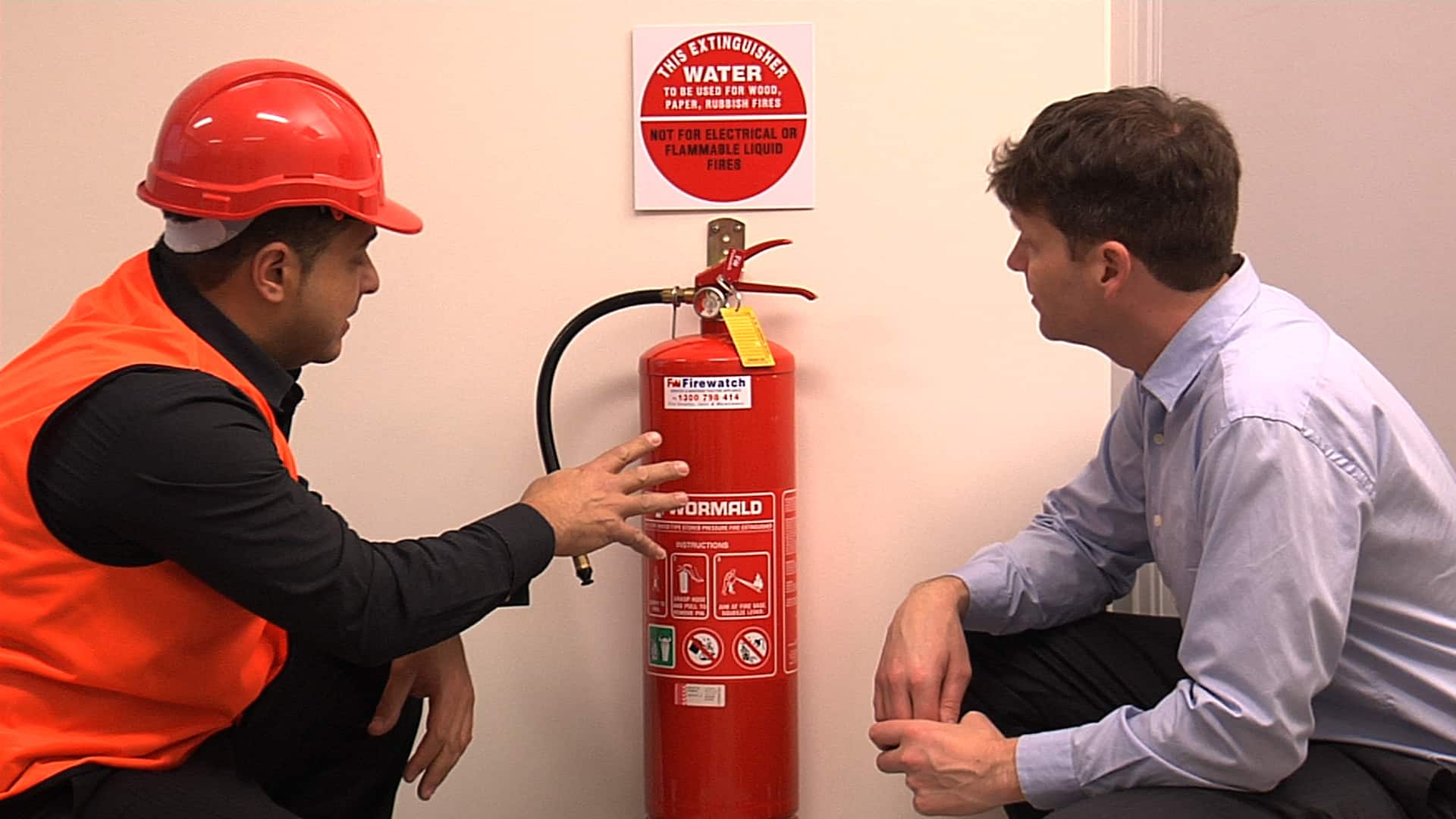
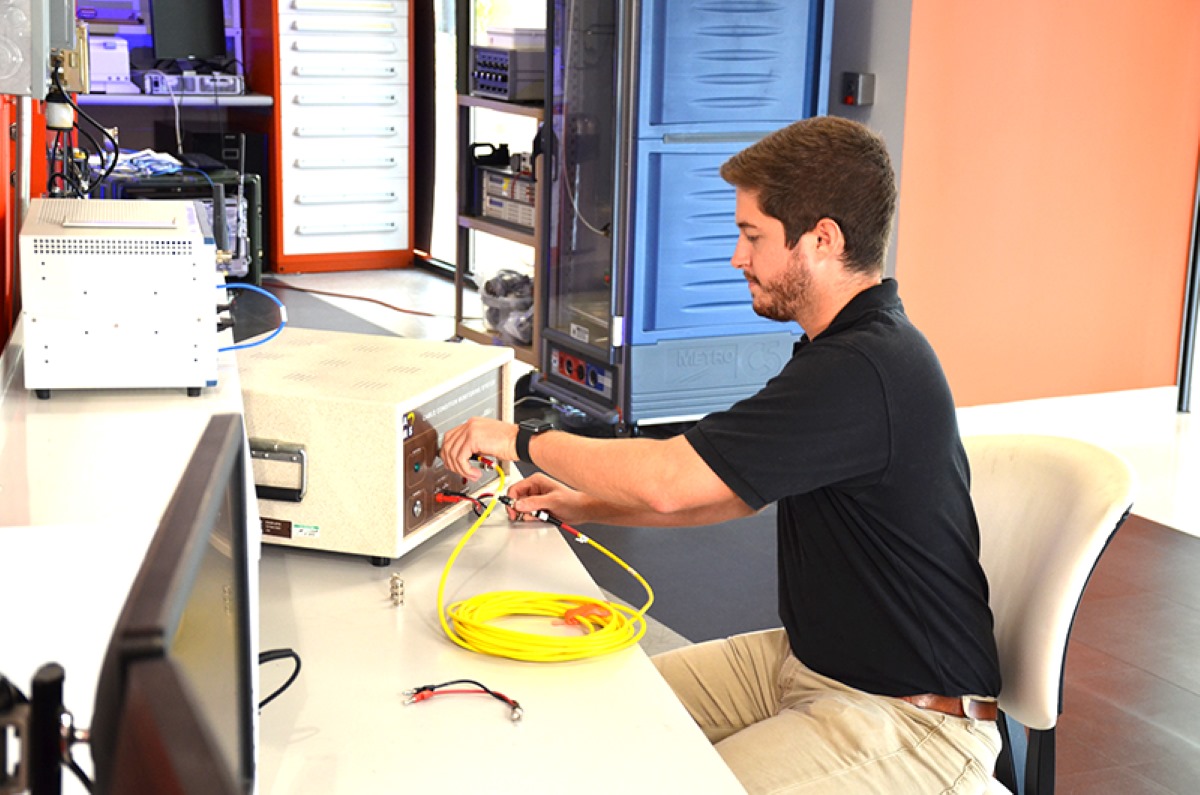

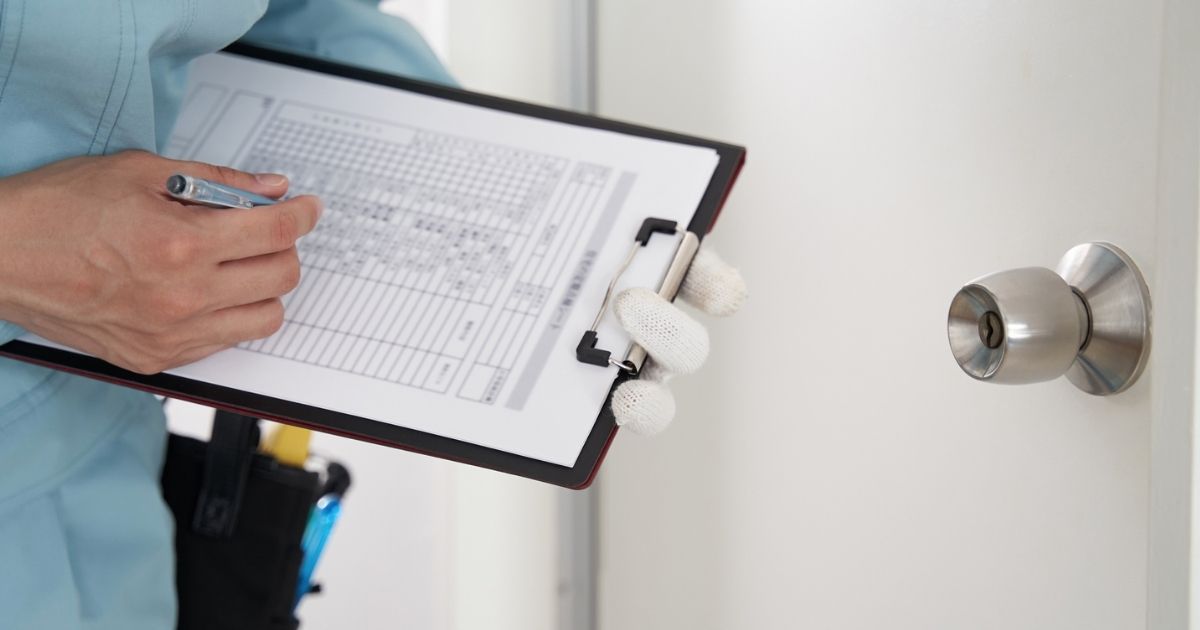
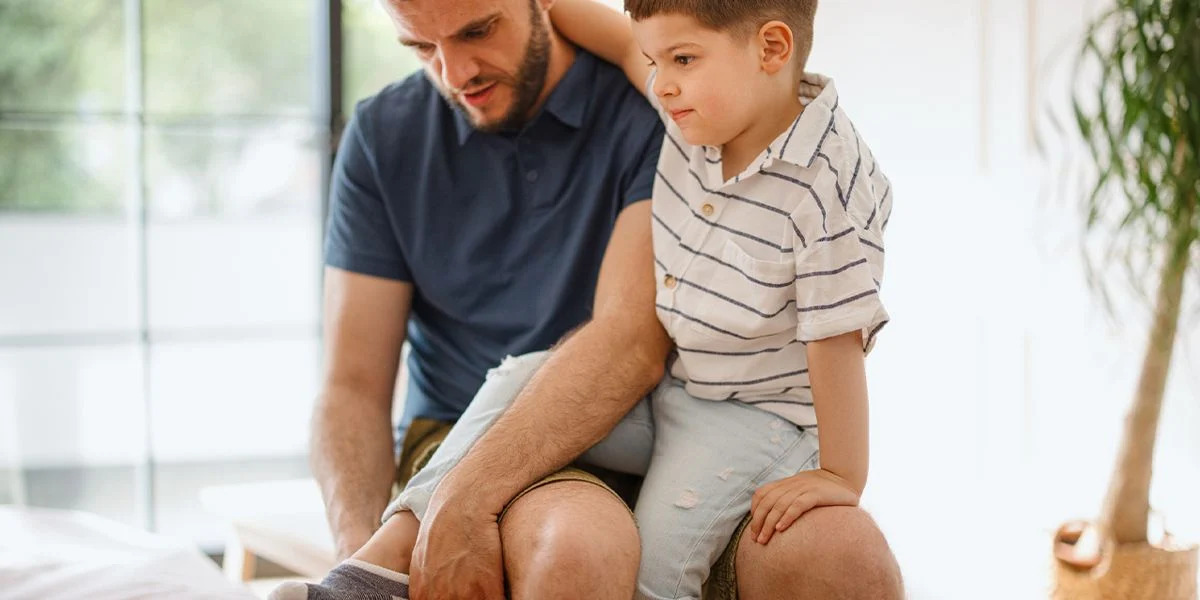
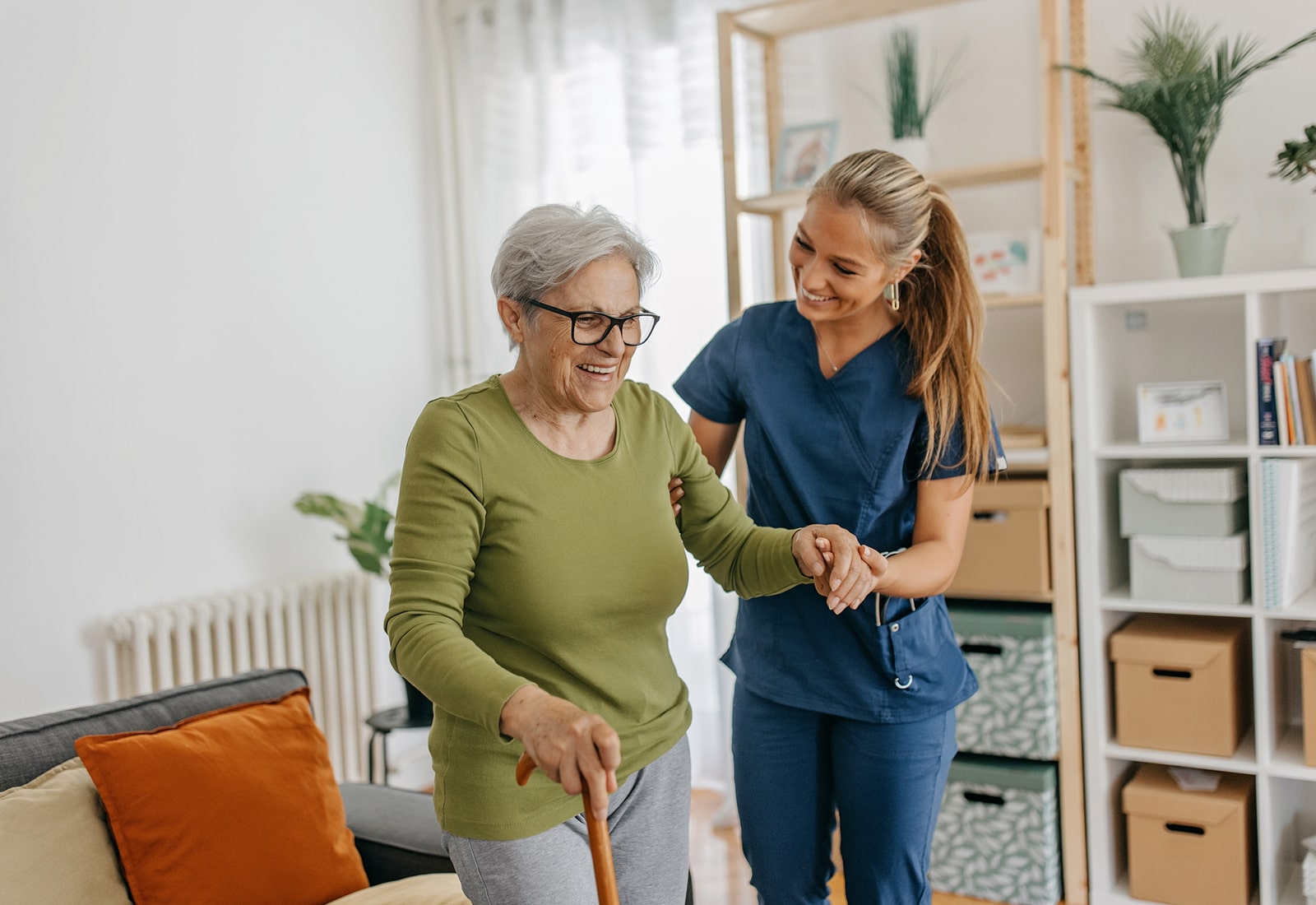
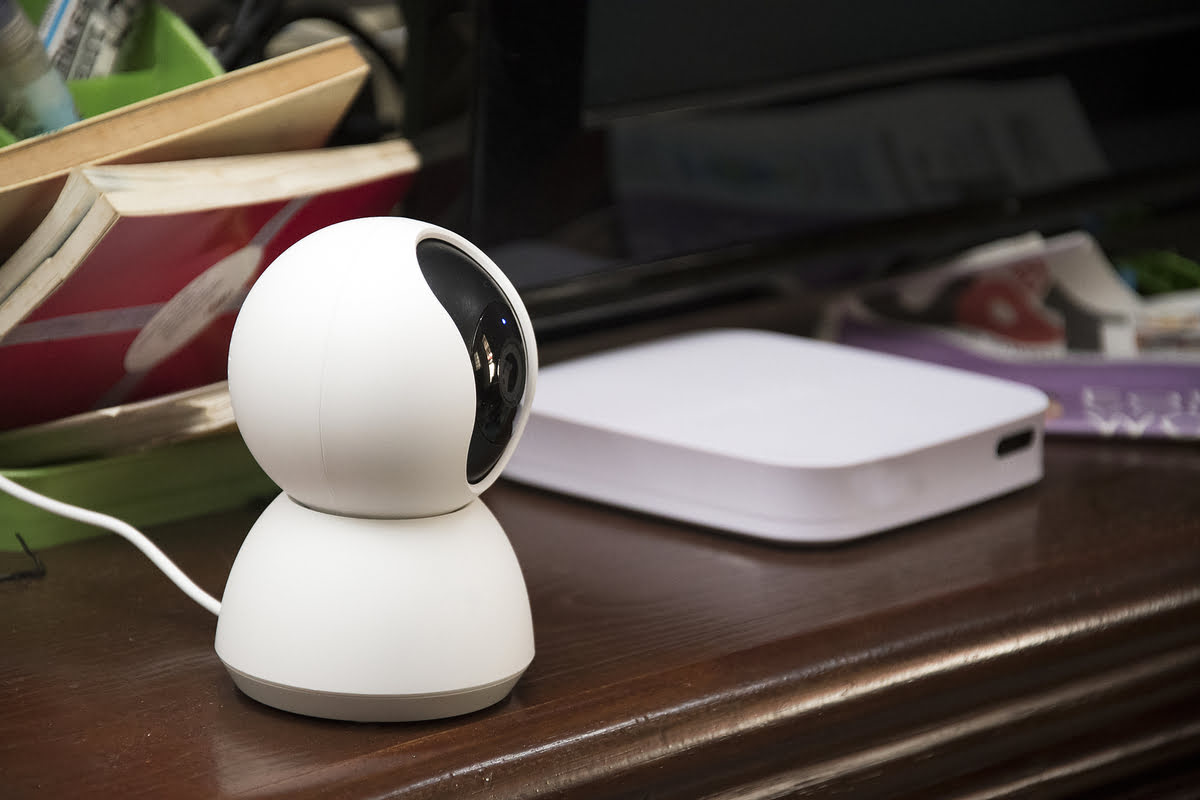
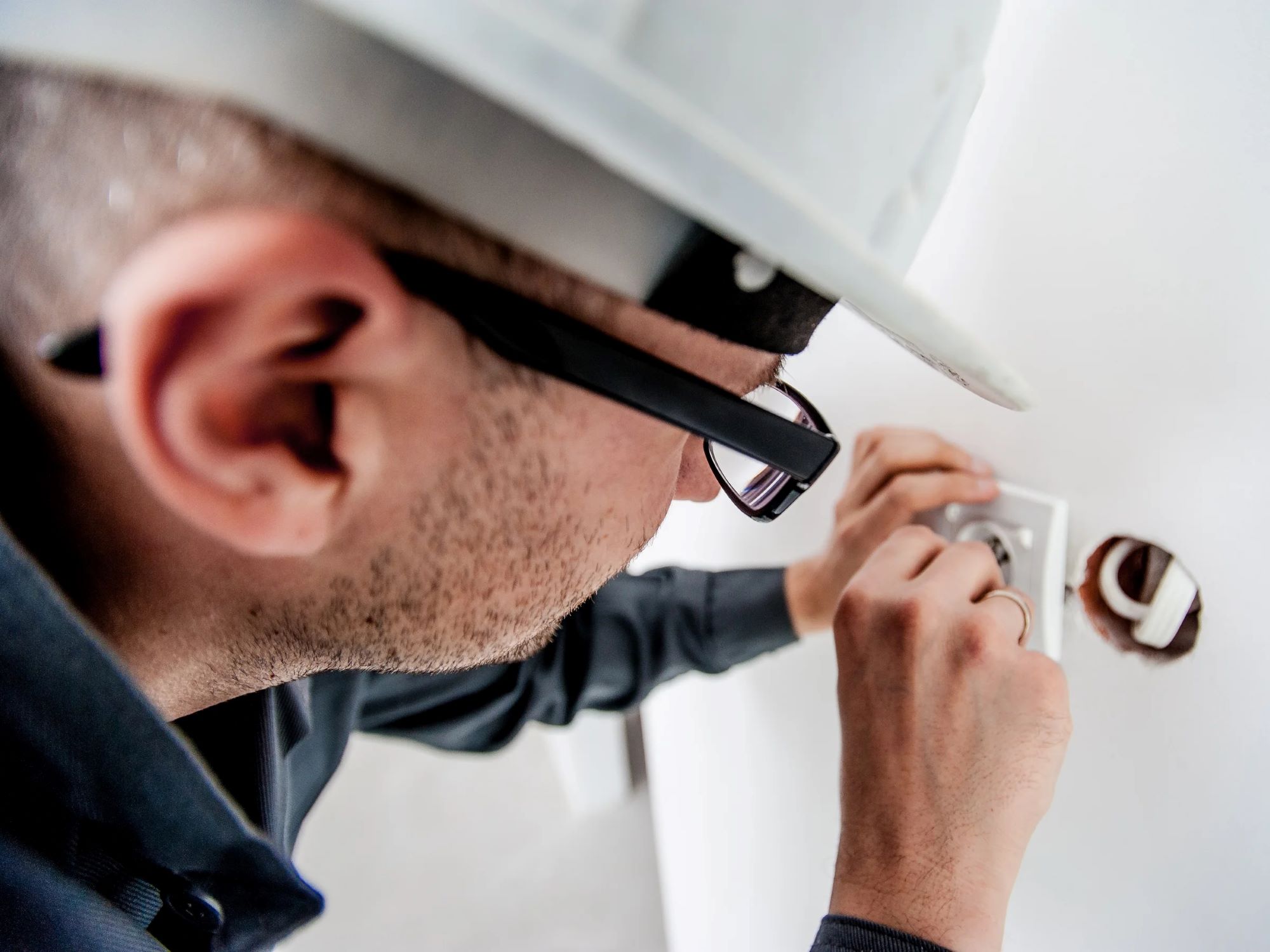
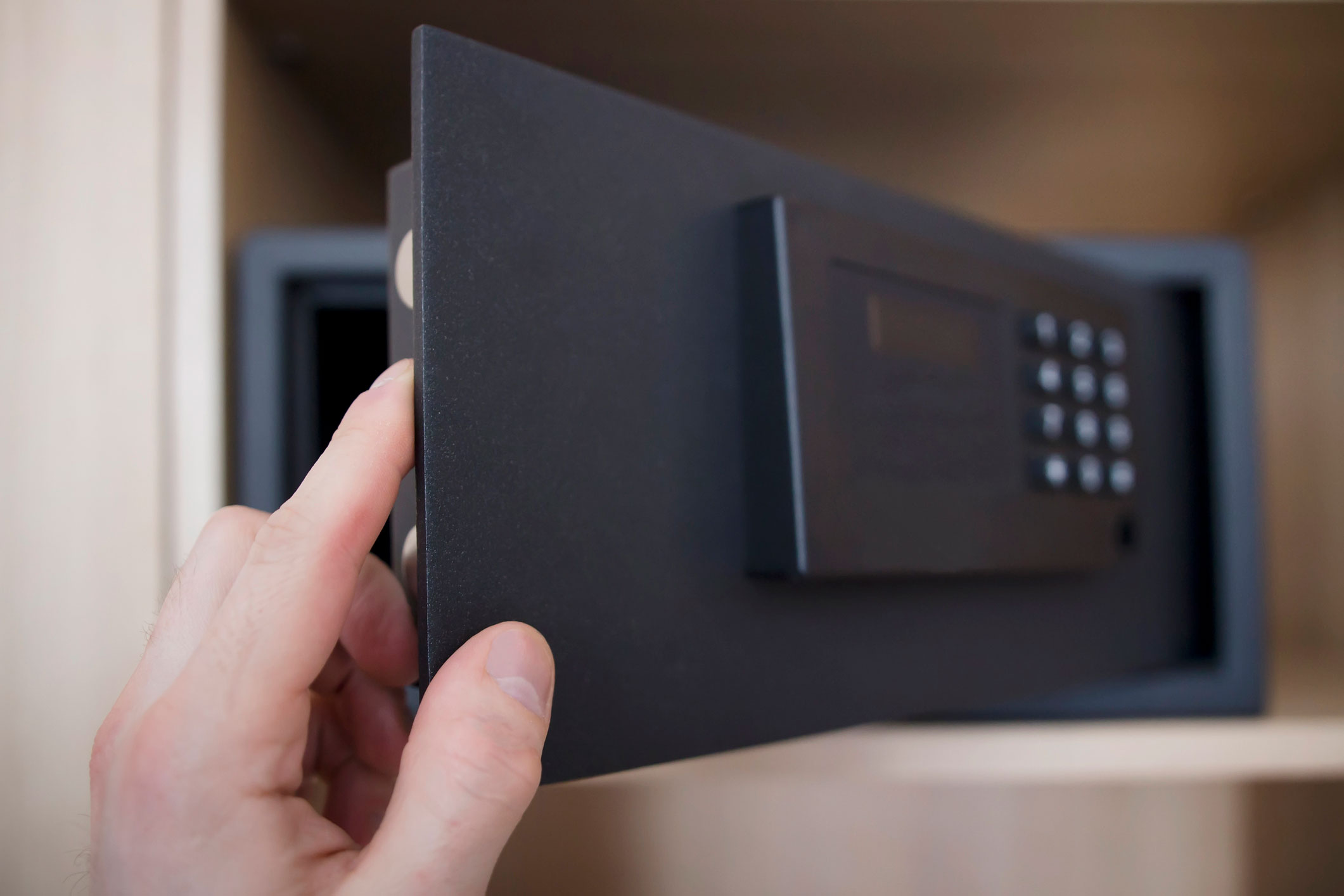

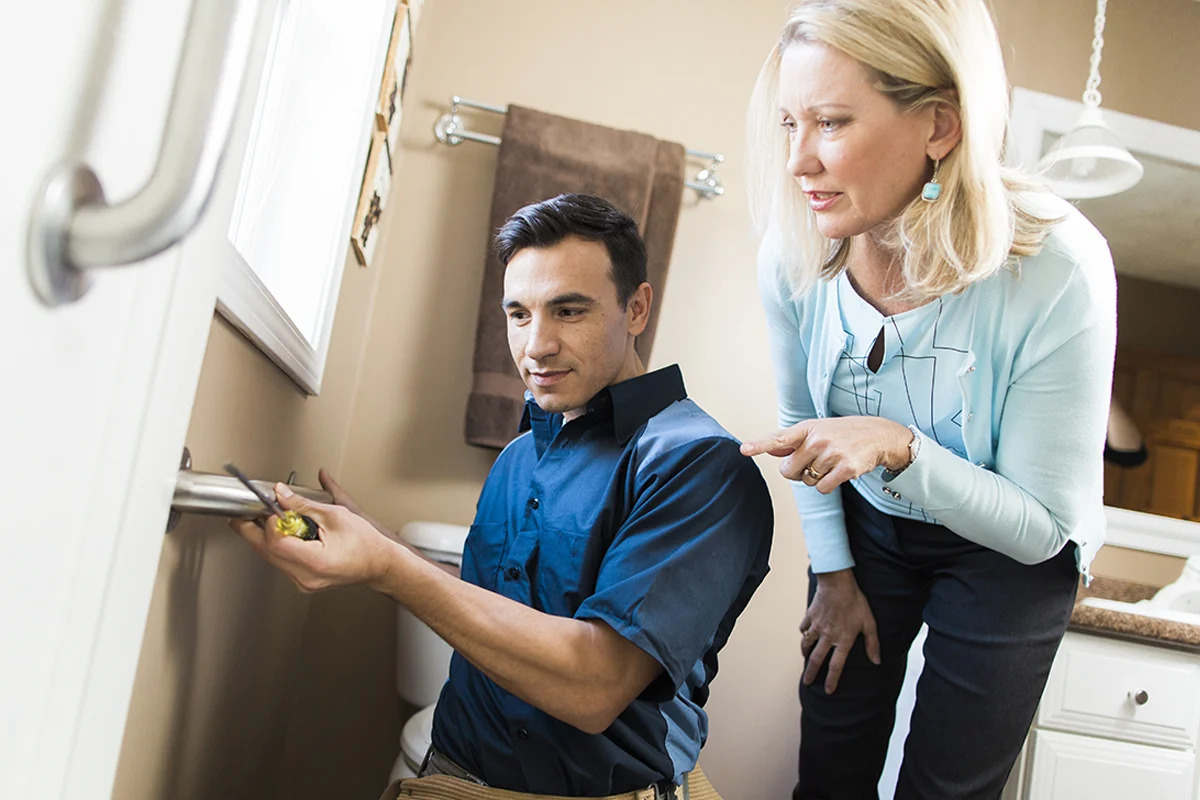

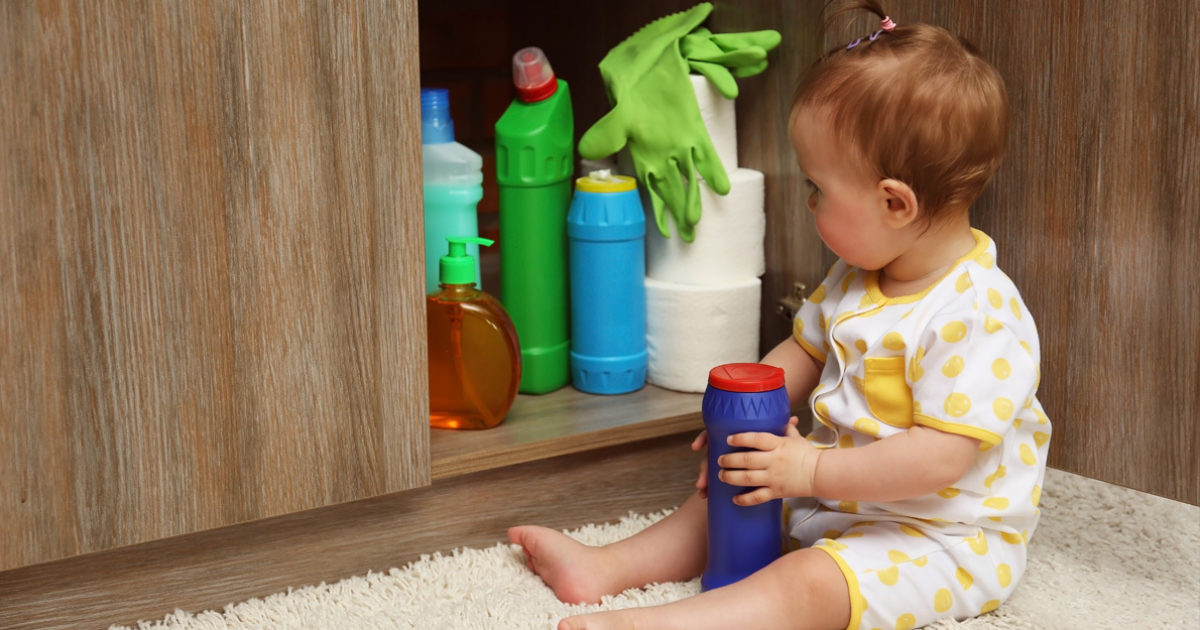

0 thoughts on “How To Conduct A Skilled Nursing Home Safety Evaluation”